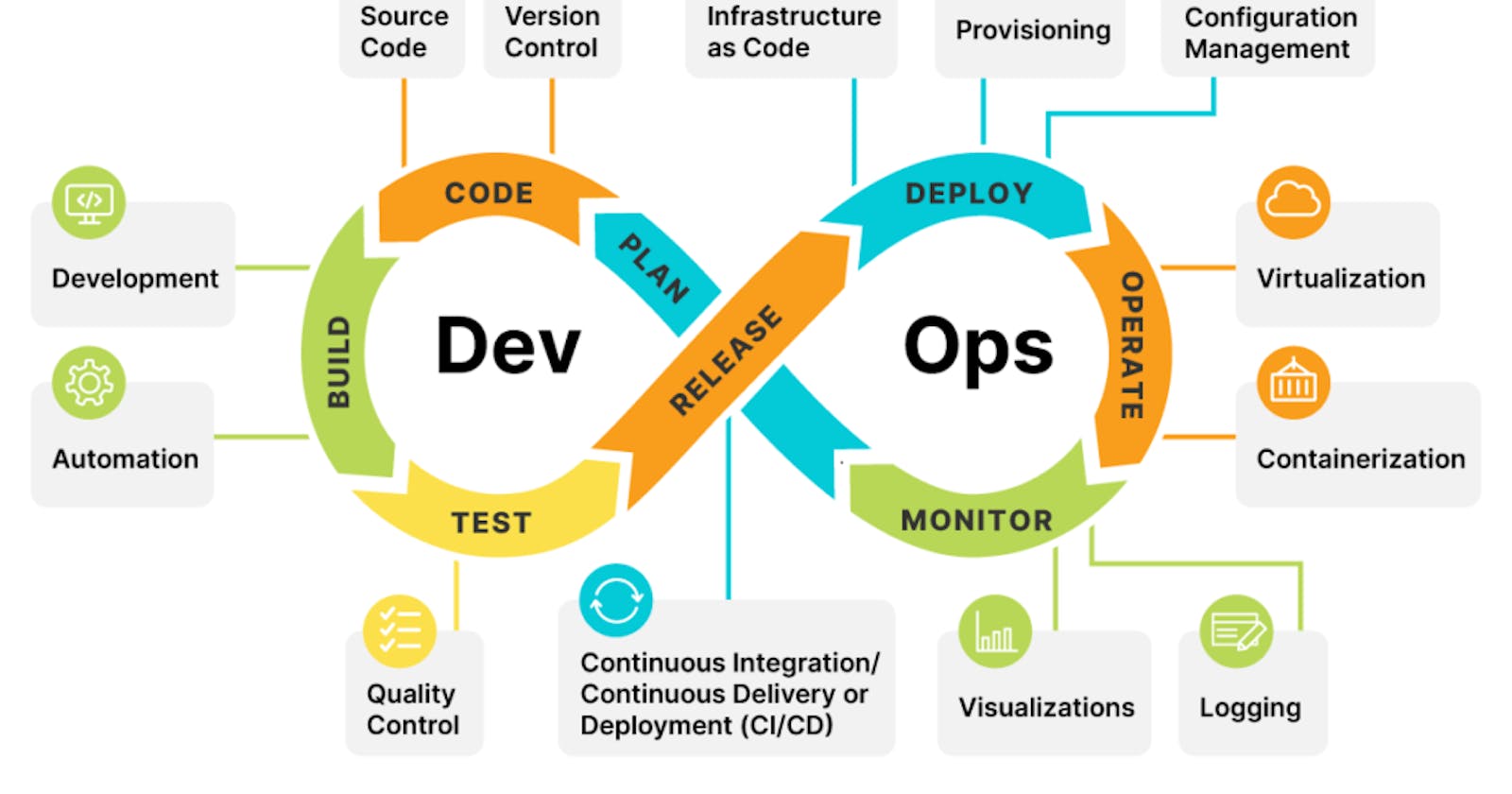What is DevOps?
DevOps is the combination of cultural philosophies, practices, and tools that increases an organization’s ability to deliver applications and services at high velocity: evolving and improving products at a faster pace than organizations using traditional software development and infrastructure management processes. This speed enables organizations to better serve their customers and compete more effectively in the market.
DevOps "Dev =development” and Ops=operations" is the combination of practices and tools designed to increase an organization’s ability to deliver applications and services faster than traditional software development processes. This speed enables organizations to better serve their customers and compete more effectively in the market.
Why DevOps is important?
Here are the top five reasons why the industry has been so quick to adopt DevOps principles:
Shorter Development Cycles, Faster Innovation
When development and operations teams are in separate silos, it’s usually difficult to tell if an application is ready for operations. When development teams simply turn over an application, the operations’ cycle times are extended needlessly.
With a combined development and operations team, applications are ready for use much more quickly. This is important, since companies succeed based on their ability to innovate faster than their competitors do. In fact, Kevin Murphy from Red Hat estimates that shorter development cycles translate to bringing an application to market 60 percent faster than with traditional approaches.
Reduced Deployment Failures, Rollbacks, and Time to Recover
Part of the reason teams experience deployment failures is due to programming defects. The shorter development cycles with DevOps promote more frequent code releases. This, in turn, makes it easier to spot code defects. Therefore, teams can reduce the number of deployment failures using agile programming principles that call for collaboration and modular programming. Rollbacks are similarly easier to manage because, when necessary, only some modules are affected.
Time to recover is an important issue, because some failure has to be expected. But recovery is much faster when the development and operations teams have been working together, exchanging ideas and accounting for both teams’ challenges during development.
Improved Communication and Collaboration
DevOps improves the software development culture. Combined teams are happier and more productive. The culture becomes focused on performance rather than individual goals. When the teams trust each other, they can experiment and innovate more effectively. The teams can focus on getting the product to market or into production, and their KPIs should be structured accordingly.
It’s no longer a matter of “turning over” the application to operations and waiting to see what happens. Operations doesn’t need to wait for a different team to troubleshoot and fix a problem. The process becomes increasingly seamless as all individuals work toward a common goal.
Increased Efficiencies
Increased efficiency helps to speed the development process and make it less prone to error. There are ways to automate DevOps tasks. Continuous integration servers automate the process of testing code, reducing the amount of manual work required. This means that software engineers can focus on completing tasks that can’t be automated.
Reduced Costs and IT Headcount
All of the DevOps benefits translate to reduced overall costs and IT headcount requirements. According to Kevin Murphy from Red Hat, DevOps development teams require 35 percent less IT staff and 30 percent lower IT costs.
What is Automation, Scaling, and Infrastructure
Automation is a key aspect of DevOps. It involves automating manual processes to improve efficiency and reduce errors. Automation can be achieved through the use of tools like configuration management, continuous integration/continuous delivery (CI/CD) pipelines, and testing frameworks. With automation, teams can accelerate the delivery of software, increase consistency, and reduce the risk of errors.
Scaling is another important aspect of DevOps. As applications grow and more users interact with them, the infrastructure supporting them needs to be able to scale up to handle the increased load. This can be achieved through the use of cloud computing resources, such as auto-scaling groups, load balancers, and distributed databases. DevOps teams need to design their applications and infrastructure to be scalable from the outset.
Infrastructure refers to the underlying technology that supports an application or service. In the context of DevOps, infrastructure can include servers, databases, networks, and other components. DevOps teams need to be able to manage their infrastructure in an automated and scalable way to support the demands of their applications. Infrastructure as code (IaC) is a common practice in DevOps, where infrastructure is defined and managed using code, which enables teams to automate the management of their infrastructure
